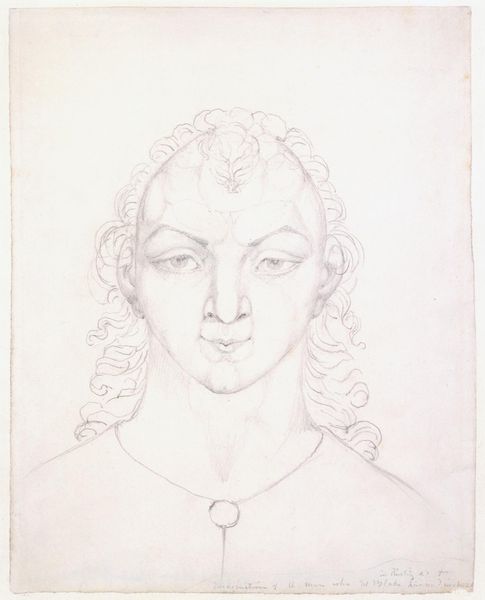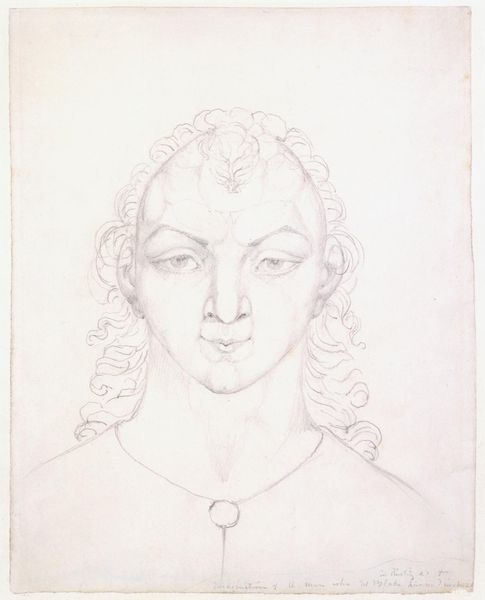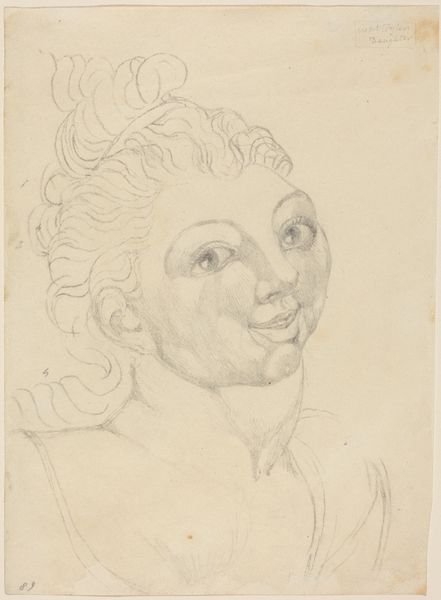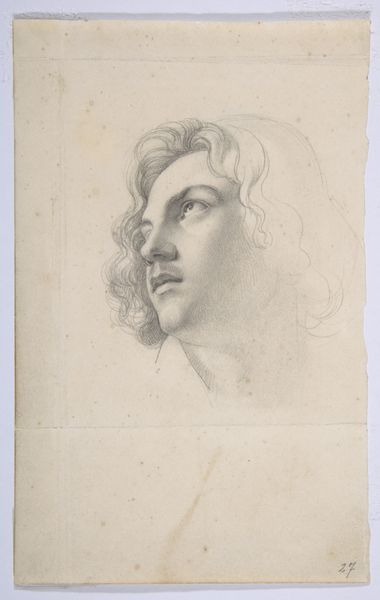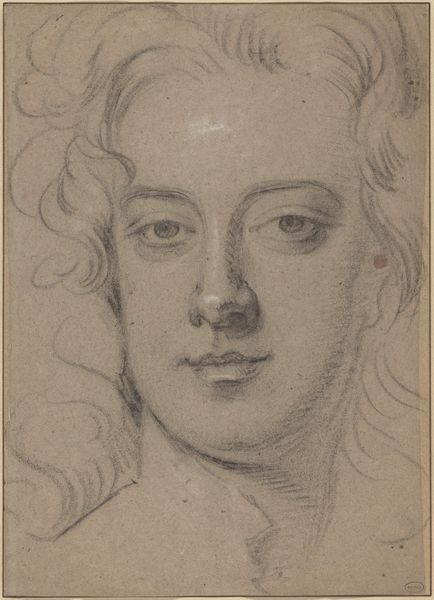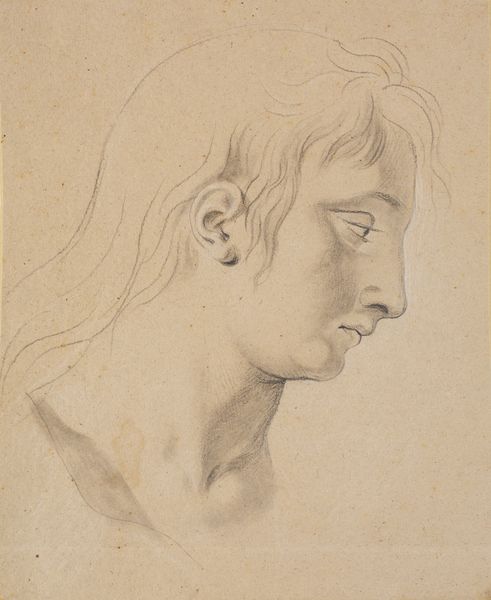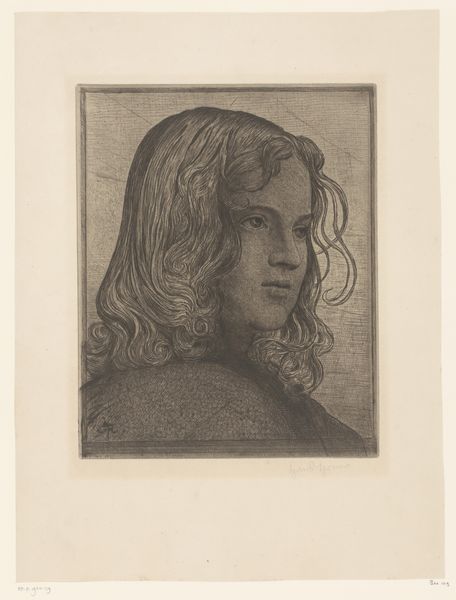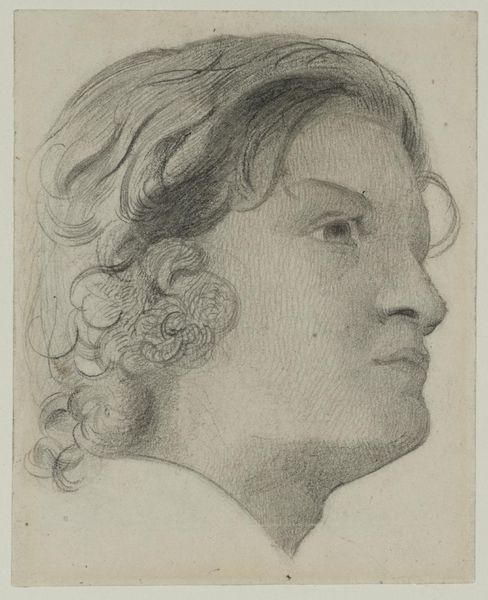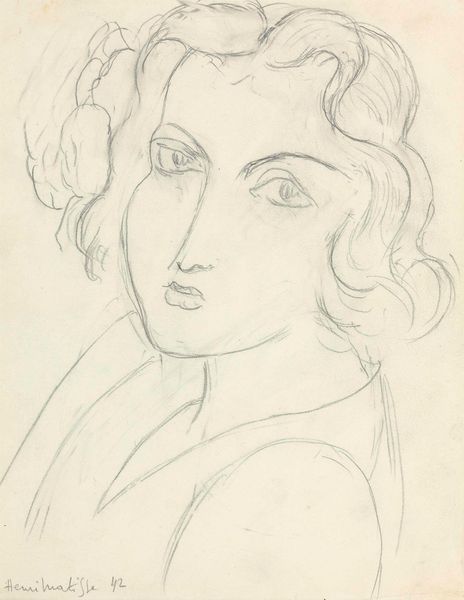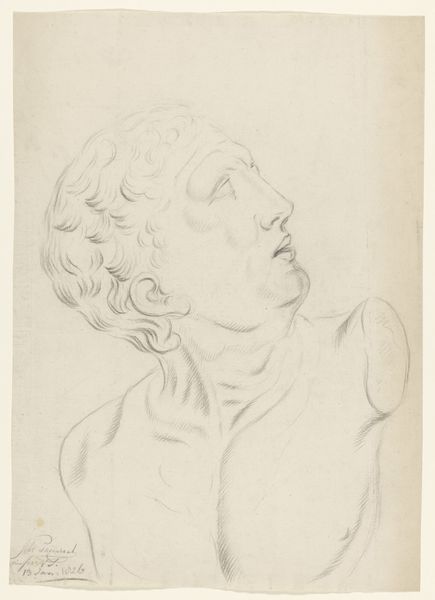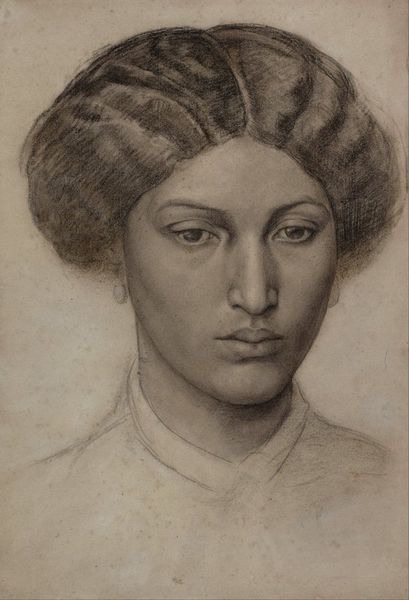
The Man Who Taught Blake Painting in his Dreams (after William Blake) c. 1825
0:00
0:00
Dimensions: support: 260 x 206 mm
Copyright: CC-BY-NC-ND 4.0 DEED, Photo: Tate
Editor: Here we have John Linnell's "The Man Who Taught Blake Painting in his Dreams (after William Blake)," a pencil drawing. The linework feels very deliberate. How do you interpret the process behind this piece? Curator: Consider the physical act and social conditions of its making. Linnell, a known artist, dedicating time and material, pencil and paper, to depict Blake's dream figure, tells us about artistic labor in their circle. Editor: So, it's about the materials used and the act of creating itself? Curator: Precisely! The choice of pencil, readily available, suggests accessibility, contrasting with the ethereal subject matter. Editor: I hadn't thought about it that way. Thanks for illuminating that! Curator: Art isn't just about the image, but the means that brought it into being and the social context of its production.
Comments
tate 7 months ago
⋮
http://www.tate.org.uk/art/artworks/linnell-the-man-who-taught-blake-painting-in-his-dreams-after-william-blake-n05186
Join the conversation
Join millions of artists and users on Artera today and experience the ultimate creative platform.
tate 7 months ago
⋮
This is a replica of one of Blake's drawings of figures that appeared to him in visions. It has also been proposed that Blake's image might be a 'visionary self-portrait', showing the artist himself at the moment of the inspiration. The strange form on the forehead may represent flames of inspiration. This idea of inspiration, particularly divine inspiration, is central to the Romantic imagination that Herbert Read saw as the ancestor of Surrealism. It also anticipates the Surrealists' interest in dream imagery. Gallery label, September 2004
